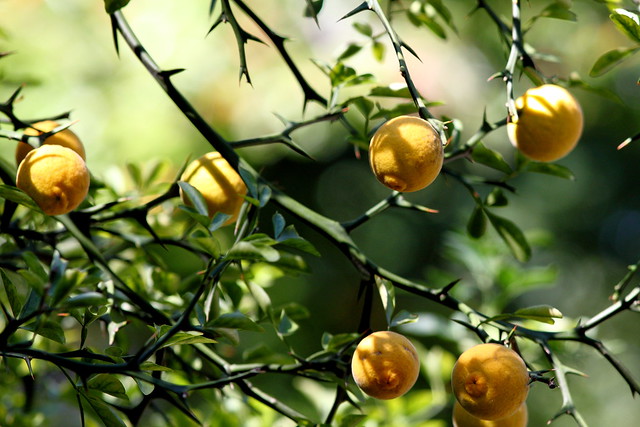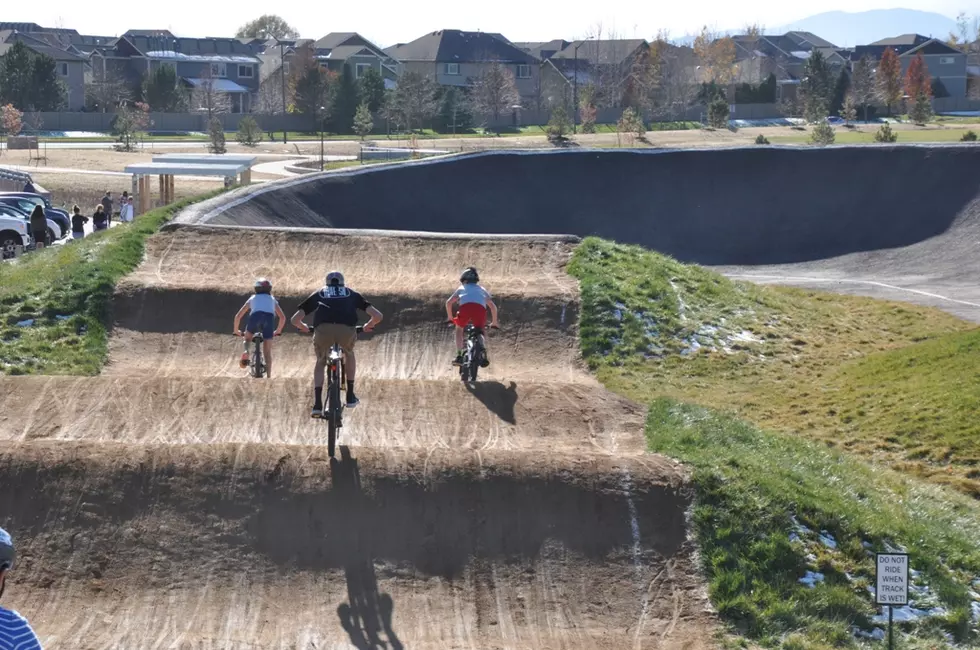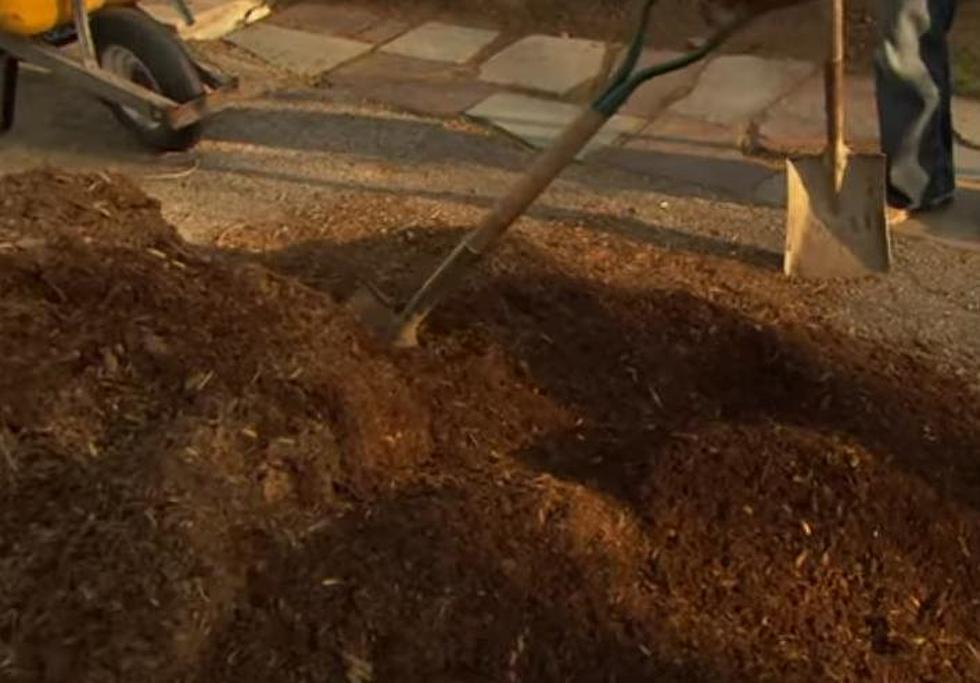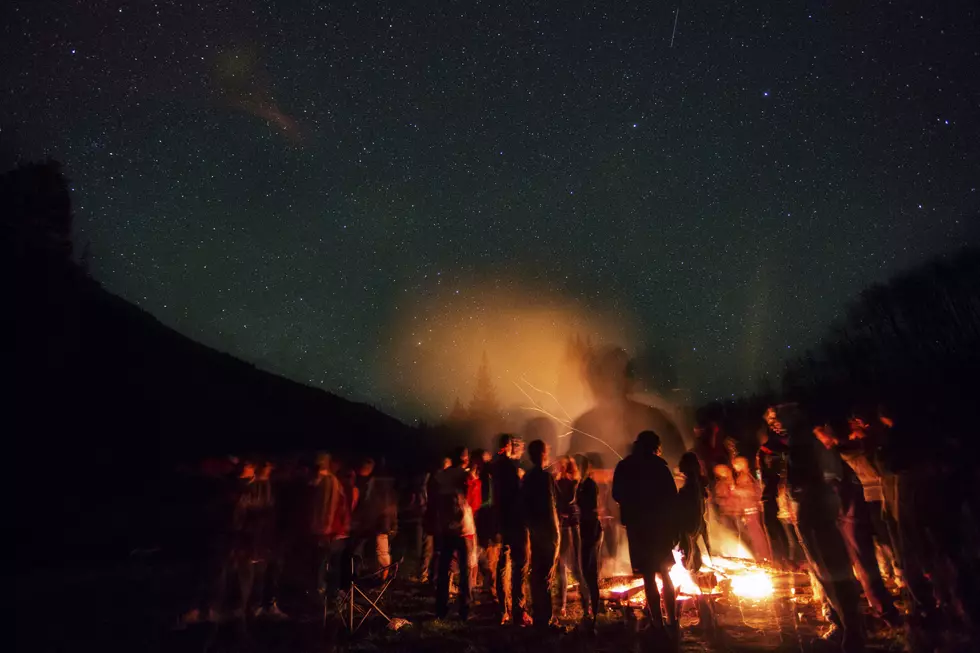
What are the Best Fruits to Grow in Areas with Short Growing Seasons?

Colorado’s climate is naturally very arid and its temperatures vary wildly in short periods of time. This along with alkaline soils and a shorter growing season can create many challenges for the gardener in areas like Colorado. However we can grow many fruits successfully.
The best varieties for Northern Colorado may not be varieties that you recognize from the Grocery store but they can be very tasty and useful. By growing our own fruit, we know what chemicals they have been treated with, and the fruit can be picked truly tree ripened because it doesn’t have to sit in a truck for a couple of weeks before it gets to your grocery store. I do not profess to be a true fruit expert but I will try to give you enough background to go out and make choices from your local nursery to grow great fruit in your yard.
Recommended Fruit Trees
First we will talk about fruit that grows on trees. Almost all commercially available fruit trees are grown the same way. First a rootstock is grown in a row in a field. These rootstock determine the vigor of the plant, how much suckering there will be and how early or late in the plants life it will fruit. The rootstock is mowed off in the field. The desired fruit is then budded onto the plant. The bud union is the bump you will see at the base of most fruit trees. This area of the tree can be a weak point in the strength of the tree because a fruit tree carries a lot of weight. In Colorado we would usually recommend that this graft union be planted below ground level.
Apple Trees
One of the best and easiest fruits to grow in Colorado is the Apple. Apples are not self-pollinating. They need another variety of tree that blooms at the same time. Pollinating trees needs to be within 100 feet. Crabapples may act as a pollinator for apples. Insects must pollinate apples, as they cannot be pollinated by wind. The reason that a lot of the apples that we see in the grocery store are not grow here lies in the length of time required for the apple to ripen being too long. Also a lot of the apples are chosen for their storage characteristics rather than taste. There is nothing like a fresh tree ripened apple. When choosing an apple think about how you will use it.
Apricot Trees
Apricot trees are another type of fruit tree that are hardy in our area. The tree is actually a nice ornamental tree with pink flowers and good orange fall foliage. The only problem we have with apricots is that they try to bloom too early. I would suggest that these trees be planted in a cooler area so that the blooming is slowed down. Apricots are generally not self fertile and so you need to plant two varieties. The fruit is usually ripe in August. Due to late spring frosts fruit crops are irregular in our area. Try planting apricot trees on the northeast side of your home to try to delay the bloom.
Cherry Trees
Cherries were grown in our area for years but they were the tart varieties. The tart cherries are self-fertile and do not need a pollinator. Cherry trees like to be planted in a well-drained area. The cherries will be ripe in July or August. The most common tree used is the Montmorency cherry. These cherries are great for cooking. Sweet cherries like the Bing cherry are marginally hardy for our area. Sweet cherries, in general, require a second tree for pollination (though there are a couple exceptions to the rule). Most of the sweet cherry trees I see in our area are shrubby, as they have died back in severe winters. You will probably only see fruit once every five years or so.
Peach Trees
Peaches are very tender in our area, but because everyone seems to like the fruit we sell a lot of the trees. Peaches are self-fertile and tend to bloom too early in Colorado. Again planting in a cooler area might help. This is another of the trees that generally tends to look very shrubby in our area. You will get fruit every few years but no stately tree here. The mild winters we have seen the last few years have produced very strong peach crops on the Front Range.
Pear Trees
Pears, like apples, can do quite well in our area. They are not self fertile so two varieties are needed. Because of tree hardiness you will not recognize many of the varieties we sell. One of the biggest problems we see with pear trees is fire blight. Fire blight is a bacterial infection that is very difficult to control once a plant is infected. We have not had a bad fire blight year in several years though. There are several chemicals that can be sprayed as a preventative measure for fire blight and are applied in the spring.
Plum Trees
Plums can be a great fruit for northern Colorado. In fact you can see many American plum growing native by our ditch banks. Most of the fancy plums available on the market are crosses between the American and Japanese plum. The fruits are generally very good to eat delicious and ready to pick in July or August. Plums are a little different on pollination because you need to use Toka, American or compass as a pollinator. You can also use European plum varieties like Stanley, Mount Royal or Italian Prune. The European plum fruit is great and they are self-fertile. European plums are only marginally hardy for our area and may be lost in a really tough winter.
Mulberry Trees
Mulberry trees grow well in our area and are often overlooked as a fruit tree. The fruit is great for making jelly and jams.
Fruit trees can add a lot of color and wildlife interest to a yard even if you are not going to use all the fruit yourself. There are also many small fruits that do well in Colorado.
Recommended Fruit Plants
Grapes
Grapes are a vine that grows very well here. You can use the plants as a vine and let the birds have the fruit or pick them and enjoy the fruit yourself. American hybrids are best for our area. Unfortunately the best varieties have seeds. My favorite variety is Swanson’s red. It has a large sweet red grape. There are several seedless varieties like Concord, Canadice, St Theresa and Himrod. These are marginally hardy and may die back to the ground in severe winters.
Raspberries
Raspberries do well in our area and are extremely easy to grow. The canes are very thorny and they tend to spread through the yard. The toughest part of growing raspberries is management of the age and vigor of the canes. They generally fruit most heavily on the old wood and so the patch cannot be indiscriminately mowed down. If the canes are allowed to get too old they become a home for cane boring insects. Usually a cane should be removed after its third season. There are many varieties; some are fall producers and some give you fruit all season long.
Strawberries
Strawberries are easy to grow and do well here. Our berries are generally smaller and production will be better if not exposed to afternoon sun in the hot part of the summer.
Rhubarb
Rhubarb is very easy to grow and does very well in harsher climates. It has a very sour taste but makes for great pies and cobblers.
Blueberries
Blueberries are hardy enough but are very sensitive to our alkali conditions. If you want to play around with them they are available in limited numbers but needed to be planted in a heavy peat moss planting and watered monthly with miracid. Blueberries need a soil on the acidic side in order to fruit, which could mean years of frustration.
Non-Traditional Fruit
There are several shrubs that produce edible fruit that are a little off the beaten track. Nanking Cherry is beautiful white flowering shrub that has a sour cherry fruit. Canada Red Chokecherry makes great jelly and syrup. Elder make fruit that birds love and are supposed to make great wine. Many crabapples have larger fruit that is great for applesauce.
As you can see there are many fruits that do well here and can help to make our gardens interesting and more fun. Edible gardening is a great way to make your landscape functional for yourself or for wildlife!
More From K99







![How to Move a 1,000 Pound Pumpkin [PICTURES – VIDEO]](http://townsquare.media/site/48/files/2016/11/AA-FeatureBartelsFarm.jpg?w=980&q=75)

